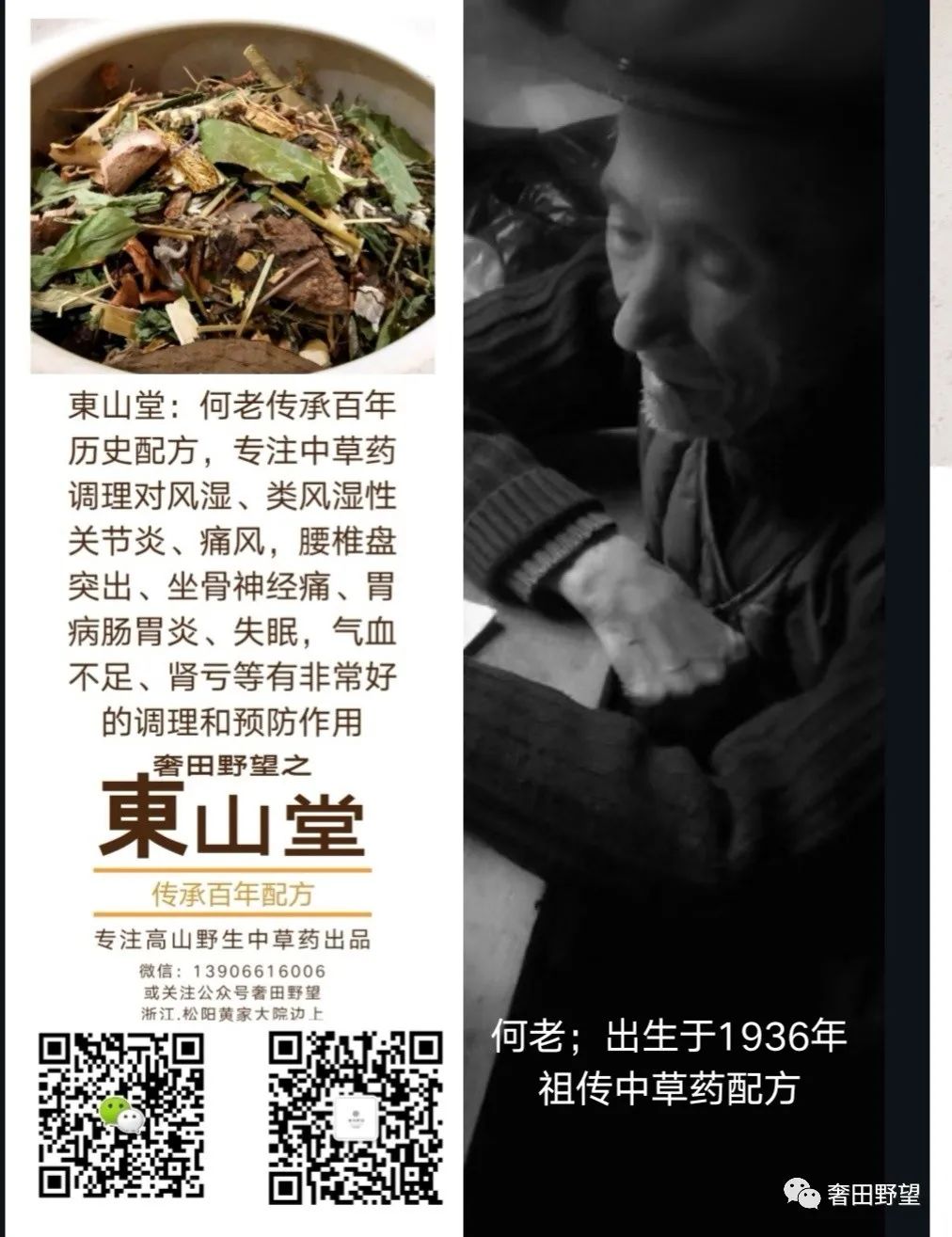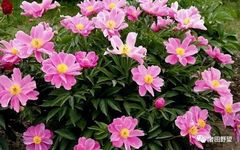
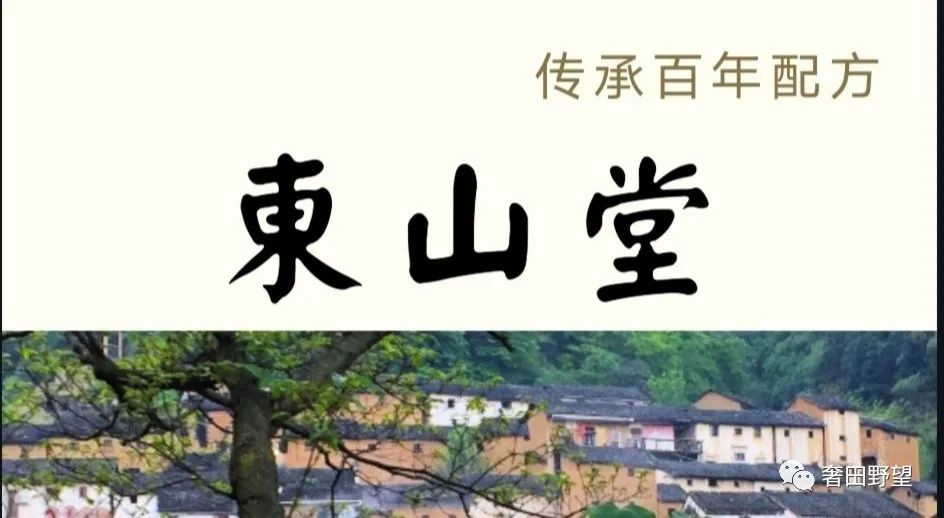
**Bai Shao** (白芍) refers to the roots of the plants **Paeonia lactiflora** (白芍药) and **Paeonia veitchii** (毛果芍药). The efficacy of Bai Shao includes nourishing blood and regulating the menstrual cycle, alleviating pain, astringing yin, and calming the liver. Bai Shao is used to treat irregular menstruation, abdominal pain during menstruation, and excessive bleeding. Contraindications for Bai Shao include those with cold-type abdominal pain and diarrhea, as well as children during measles.
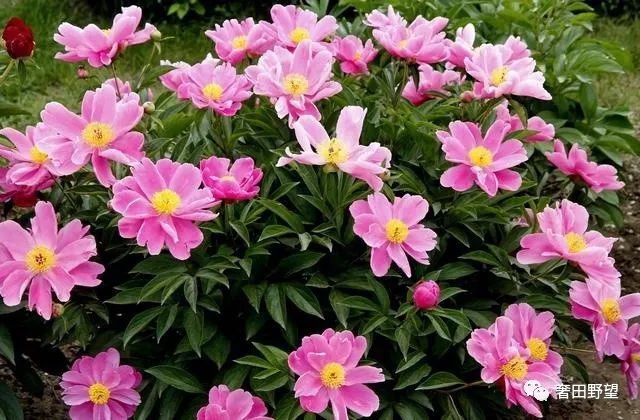
**Basic Overview**
**Herb Name**: Bai Shao
**Aliases**: Bai Shao Yao, Shao Yao, Bai Hua Shao Yao, Jin Shao Yao
**Properties**: Bitter, Sour, Slightly Cold
**Meridians**: Liver Meridian, Spleen Meridian
**Functions**: Nourishes blood and regulates the menstrual cycle, alleviates pain, astringes yin and calms the liver
**Indications**: Irregular menstruation, abdominal pain during menstruation, excessive bleeding, spontaneous sweating, night sweats, pain in the hypochondrium and abdomen, limb cramps, headaches, dizziness
**Dosage**: Internal use: decoction, 5-12g; can also be used in pills or powders. Large doses can be 15-30g.
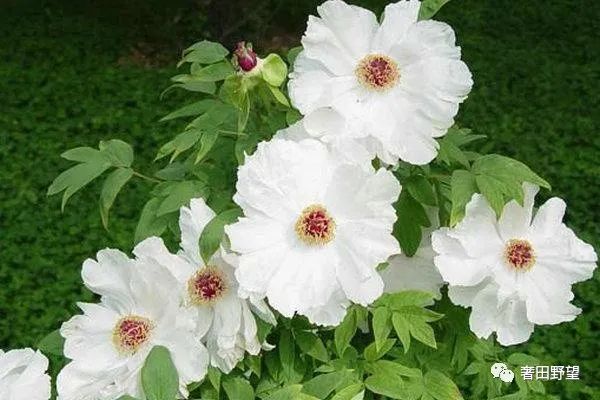
**Source**: Bai Shao is derived from the roots of the cultivated plant **Paeonia lactiflora** and **Paeonia veitchii**. **Chao Bai Shao** (炒白芍) is prepared by stir-frying Bai Shao slices with wheat bran over low heat until slightly yellow with a few charred spots, then sieved and cooled for medicinal use. **Jiu Bai Shao** (酒白芍) is prepared by moistening Bai Shao slices with yellow wine, mixing well, and then stir-frying until dry for medicinal use. This enhances its blood-activating properties. **Cu Bai Shao** (醋白芍) is prepared by moistening Bai Shao slices with rice vinegar and lightly stir-frying for medicinal use, which is more focused on calming the liver and stopping pain, as well as nourishing blood and stopping bleeding. **Jiao Bai Shao** (焦白芍) is prepared by stir-frying Bai Shao slices until charred black, then extinguishing the fire with clean water and drying for medicinal use, which is more focused on stopping bleeding. In prescriptions, Bai Shao, Hang Shao, and Da Bai Shao all refer to raw Bai Shao, which is the original herb processed to remove impurities, sliced, and used raw for medicinal purposes.
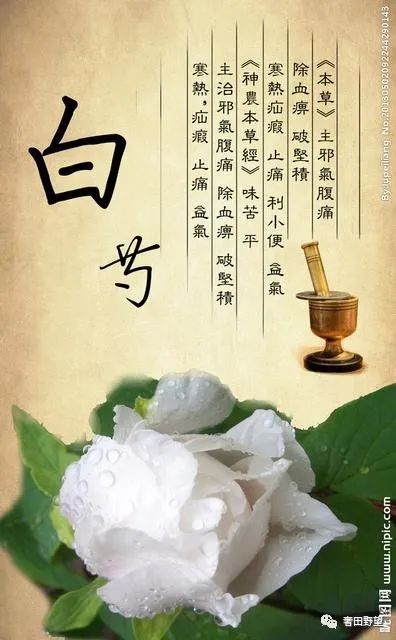
**Efficacy and Functions**
1. Bai Shao nourishes the liver and regulates blood. It is used with **Myrrh** (没药), **Lindera** (乌药), and **Corydalis** (雷丸) for this purpose. (Nanjing)
2. Bai Shao treats bone hyperplasia: 40g Bai Shao, 12g **Papaya** (木瓜), 15g **Chicken Blood Vine** (鸡血藤), 15g **Corydalis** (威灵仙), 12g **Licorice** (甘草). Take one dose daily, decoct in water.
3. Bai Shao treats swollen and painful feet: 6 liang of Bai Shao, 1 liang of Licorice. Grind to a powder, take with white soup. (Sui Shi Guang Ji)
4. Bai Shao treats dysmenorrhea: 2 liang of Bai Shao, 8 qian of **Dried Ginger** (干姜). Grind to a fine powder, divide into eight packets, take one packet daily during menstruation with yellow wine for three weeks. (Inner Mongolia, New Medical Methods of Chinese Herbal Medicine)
5. Bai Shao, when stir-fried with wine, can tonify the spleen; when used with **Chuan Xiong** (川芎), it drains the liver; when used with **Ginseng** (人参) and Bai Zhu (白术), it tonifies qi. For abdominal pain with diarrhea, it must be stir-fried; if there is heaviness, do not stir-fry. It is said that Bai Shao only treats blood deficiency abdominal pain; it cannot treat all abdominal pain. Bai Shao is white and stops pain, while red treats urination and qi. It is said that those with blood deficiency and cold should avoid this herb. Ancient texts state: reduce Bai Shao to avoid cold in the middle, which is indeed necessary. (Ben Cao Yan Yi Bu Yi)
6. Bai Shao is incompatible with **Dendrobium** (石斛), **Mirabilite** (芒硝), and is wary of **Natrium** (硝石), **Tortoise Shell** (鳖甲), and **Common Cirsium** (小蓟). (Ben Cao)
7. Bai Shao treats abdominal pain due to deficiency, related to the spleen meridian, and cannot be treated without Bai Shao. It is used in formulas to replenish fluids and resolve dampness. (Yin)
8. Bai Shao can promote urination. It does not directly promote urination, but since the kidneys govern urination, using this herb benefits yin and moistens, thus allowing urination to be smooth. (Ben Cao)
9. Bai Shao treats muscle spasms: 30-60g of Hang Bai Shao, 10-15g of roasted Licorice. Take one dose daily, decoct and divide into three doses.
10. Bai Shao treats peptic ulcers: 200g Bai Shao, 150g Licorice, 20g white pepper. Grind to a fine powder, take 5g each time, three times daily, 30 minutes before meals. Can be taken for two months.
11. Bai Shao treats hypertension: 20g Bai Shao, 15g raw **Rehmannia** (生地), 9g **Achyranthes** (牛膝), 15g **Uncaria** (钩藤). Take one dose daily, decoct in water.
12. Bai Shao treats abdominal pain during pregnancy: 3 liang of **Angelica** (当归), 1 jin of Bai Shao, 4 liang of **Poria** (茯苓), 4 liang of Bai Zhu, 0.5 jin of **Alisma** (泽泻), 0.5 jin of **Chuan Xiong** (芎藭) (or 3 liang). Grind the six ingredients into a powder. Take a spoonful mixed with wine three times daily. (Jin Gui Yao Lue, Angelica and Bai Shao Powder)
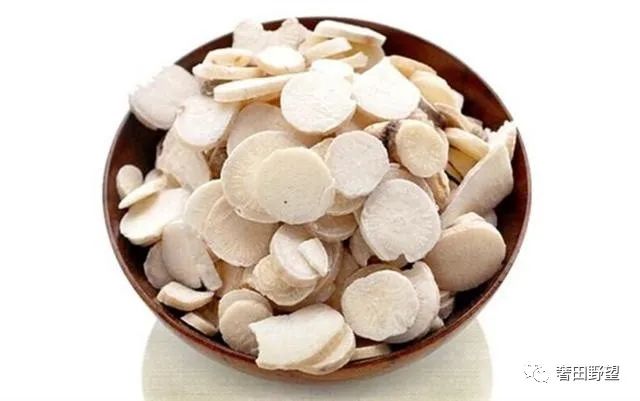
13. Bai Shao treats postpartum blood stasis causing abdominal pain: 2 liang of Bai Shao, 1 liang each of **Cinnamon** (桂, peeled) and roasted Licorice. Grind and sieve the three ingredients, take 3 qian with one cup of water, decoct to 70% remaining, strain, and take warm, without time restrictions. (Sheng Ji Zong Lu, Bai Shao Decoction)
14. Bai Shao treats women with prolonged irregular menstruation: 3.5 liang of Bai Shao, 0.5 liang of dried ginger. Grind finely, fry until yellow, pound and sieve. Take 2 qian on an empty stomach with juice twice daily. (Guang Li Fang)
15. Bai Shao treats women’s flank pain: 4 liang of **Cyperus** (香附子) (with 2 bowls of vinegar and 1 liang of salt, boiled until dry), **Cinnamon**, **Yanhusuo** (延胡索, stir-fried), and Bai Shao. Grind to a fine powder, take 2 qian each time, mixed with boiling water, without time restrictions. (Zhu’s Collection of Verified Medical Formulas, Bai Shao Decoction)
16. Treats wind-damp pain in the bones: 2 fen of Bai Shao, 1 liang of roasted tiger bone. Grind to a powder, place in a silk bag, soak in 3 sheng of wine for five days. Take 3 he each time, three times daily. (Experience After Formula)
17. Bai Shao treats dysentery with pus and blood, urgency, and abdominal heaviness: 1 liang of Bai Shao, 0.5 liang of **Angelica**, 0.5 liang of **Coptis** (黄连), 2 qian each of **Areca** (槟榔) and **Aromatic Wood** (木香); 2 qian of roasted Licorice, 3 qian of **Rhubarb** (大黄), 0.5 liang of **Scutellaria** (黄芩), and 2.5 qian of **Cinnamon** (官桂). Finely chop, take 0.5 liang with 2 cups of water, decoct to 1 cup, take warm after meals. (Suwen, Disease Mechanism and Life Preservation Collection, Bai Shao Decoction)
18. Bai Shao treats bleeding from wounds that do not stop and pain: 1 liang of Bai Shao, fry until yellow, grind finely into a powder. Take 2 qian with wine or rice, and it is effective. Take three times initially, gradually increasing. (Guang Li Fang)
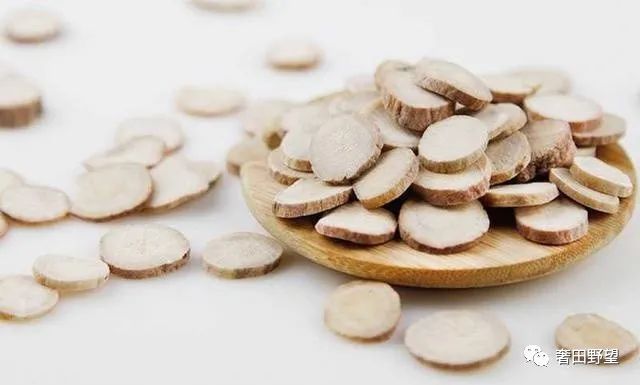
**Consumption Methods**
1. **Bai Shao and Wu Mei Tea**: Ingredients: 5g Bai Shao, 2 pieces of Wu Mei, 3g Papaya, 3g green tea. Method: Brew with 250ml boiling water and drink until the flavor is mild. Efficacy: Astringes the liver and nourishes the stomach. Indications: Insufficient stomach yin, poor appetite, thirst, red tongue with little coating; atrophic gastritis; chronic diarrhea; prolonged vomiting during pregnancy; hyperthyroidism. Source: Traditional herbal tea recipe.
2. **Bai Shao and Gou Teng Tea**: Ingredients: 5g Bai Shao, 3g Gou Teng, 3g green tea. Method: Brew with 250ml boiling water and drink until the flavor is mild. Efficacy: Softens the liver, clears heat, calms the liver, and extinguishes wind. Indications: Dizziness due to excessive liver yang, hypertension, red eyes. Source: Traditional herbal tea recipe.
3. **Bai Shao Jin Ling Decoction**: Ingredients: 10g Hang Bai Shao (stir-fried with wine), 7g each of **Fructus Meliae** (川楝子, stir-fried), **Chrysanthemum** (白菊花), **Tribulus** (刺蒺藜, stir-fried), **Stir-fried Zhi Qiao** (炒枳壳), **Fresh Bamboo Shavings** (鲜竹茹), and **Senna Leaves** (番泻叶); 5g each of **Chen Pi** (广陈皮), **Xiang Fu** (制香附), and **Huang Qin** (酒黄芩); 3g of **Mu Xiang** (广木香, added later). Preparation: Add appropriate water, decoct twice, and strain to obtain 300ml of medicinal juice. Method: Take one dose daily, warm in the morning and evening. Efficacy: Clears the stomach, relieves stagnation, and alleviates pain. Suitable for severe stomach pain and cold abdominal distension.
4. **Gui Qi Bai Shao Wine**: Ingredients: 24g **Angelica**, 12g each of **Astragalus** (黄芪), Bai Shao, and 8g Bai Zhu, 20g rock candy, 600ml white wine. Preparation: Crush the first four ingredients, place in a cloth bag, put in a container, add white wine, seal, and shake once daily. After 21 days, remove the herb bag, add rock candy, dissolve, and filter. Efficacy: Nourishes blood and qi. Indications: Internal injury and fatigue, spleen deficiency diarrhea, poor appetite, pale complexion, fatigue, blood deficiency, dizziness, and headaches. Method: Take 20ml on an empty stomach, twice daily. Note: From the Compendium of Medicinal Wines.
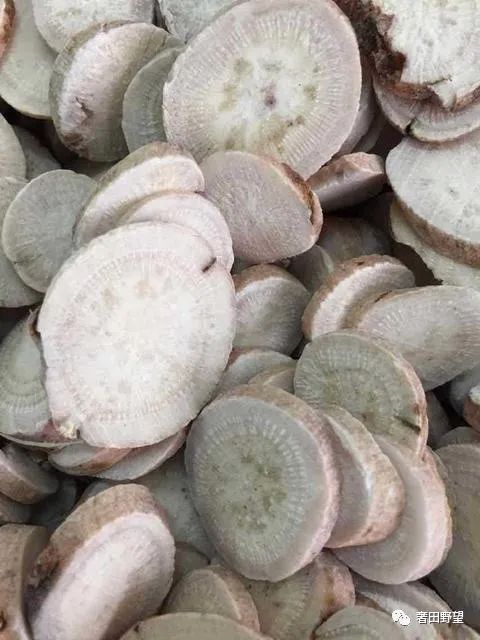
5. **Dan Shen Bai Shao Tea**: Ingredients: 5g **Salvia** (丹参), 3g Bai Shao, 3g **Angelica Dahurica** (白芷), 3g flower tea. Method: Use the decoction of the first three herbs (350ml) to brew tea, drink until the flavor is mild. Efficacy: Activates blood, reduces swelling, and alleviates pain. Indications: Breast pain in women. Source: Traditional herbal tea recipe.
6. **Bian Zao Bai Shao Porridge**: Ingredients: 20g **Bian Dou** (白扁豆), 5 dates, 15g Bai Shao, 10g **Tangerine Peel** (橘皮), 100g glutinous rice, appropriate rock candy. Preparation: Crush the Bian Dou; wash Bai Shao and Tangerine Peel, and place in a cloth bag; pit the dates. Wash the glutinous rice, add 1000ml water, boil, add the herb bag and dates, and simmer to porridge. Remove the herb bag, add rock candy, and dissolve. Method: Serve as a meal. This porridge strengthens the spleen and relieves stagnation. Suitable for alcoholic diarrhea or chronic enteritis with liver qi deficiency, symptoms include abdominal pain, distension, thin stools, and chest and flank pain.
7. **Bai Shao Huang Qin Mu Tong Decoction**: Ingredients: 2 qian Bai Shao, 2 qian Huang Qin, 8 fen Mu Tong, 1 qian Bai Zhu, 1 qian Ze Xie, 7 fen Fu Ling. Method: Decoction in water, take warm. Indications: Diarrhea, short and red urination. Source: Volume 8 of the Red Water Mysterious Pearl.
**Contraindications**: Bai Shao should not be used alone in cases of cold deficiency. Bai Shao is incompatible with **Rhubarb** (藜芦). Bai Shao is wary of **Dendrobium** (石斛), **Mirabilite** (芒硝), and should avoid **Natrium** (消石), **Tortoise Shell** (鳖甲), and **Common Cirsium** (小蓟). **Recommended for**: Individuals with blood deficiency and yin deficiency experiencing chest, abdominal, and flank pain, gallbladder inflammation, gallstones; diarrhea and abdominal pain during menstruation; spontaneous sweating, night sweats; muscle cramps, limb pain, and restless leg syndrome; when combined with Licorice, it can alleviate various chest, abdominal, and limb pain.
